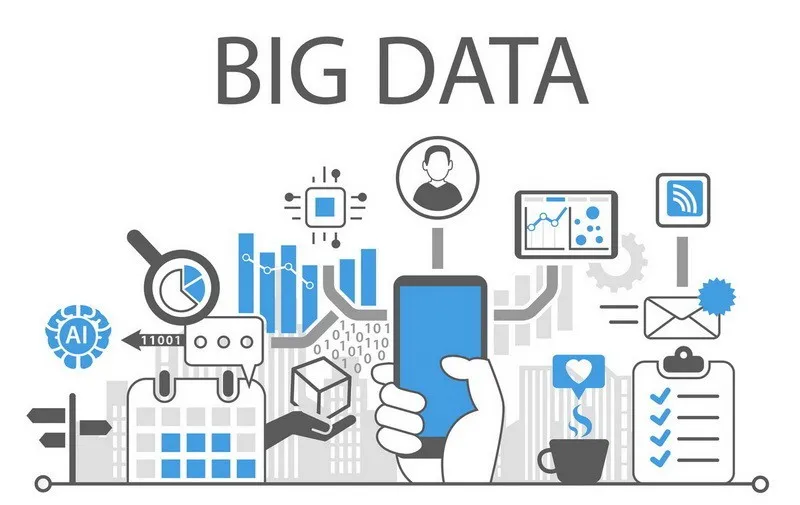
In today's digital age, "big data" is more than just a buzzword; it is a transformative force reshaping industries and redefining the way businesses operate. Understanding and leveraging big data can provide companies with significant competitive advantages. If you're new to this field, here's a guide to help you get started.
What is Big Data?
Big data refers to extremely large datasets that are complex and voluminous, often characterized by the three Vs:
Volume: The sheer amount of data generated every second from various sources.
Velocity: The speed at which new data is generated and processed.
Variety: The different types of data, including structured, unstructured, and semi-structured data.
Why is Big Data Important?
Big data enables organizations to:
Improve Decision Making: Analyzing large datasets can uncover patterns and insights that inform strategic decisions.
Enhance Customer Experiences: By understanding customer behaviors and preferences, companies can tailor their services and products.
Increase Operational Efficiency: Streamlining processes and identifying inefficiencies becomes easier with data-driven insights.
Drive Innovation: Big data can reveal opportunities for new products, services, and business models.
Key Components of Big Data
Data Sources: Big data comes from various sources such as social media, IoT devices, transactional systems, and more.
Data Storage: Managing large volumes of data requires scalable storage solutions. Common options include cloud storage (e.g., AWS, Google Cloud), Hadoop Distributed File System (HDFS), and data lakes.
Data Processing: Tools like Apache Hadoop, Apache Spark, and real-time processing frameworks like Apache Storm and Apache Flink are essential for processing big data efficiently.
Data Analysis: Techniques such as data mining, machine learning, and statistical analysis are used to extract valuable insights from big data. Tools like R, Python, and SQL are commonly used for analysis.
Data Visualization: Presenting data in a comprehensible format is crucial. Visualization tools like Tableau, Power BI, and D3.js help in creating interactive and intuitive dashboards and reports.
Getting Started with Big Data
1. Define Your Goals
Start by identifying the specific business problems you want to solve with big data. Clear objectives will guide your data collection and analysis efforts.
2. Build a Skilled Team
Assemble a team with expertise in data science, data engineering, and domain knowledge relevant to your business. Consider hiring or training professionals in skills such as programming, statistical analysis, and data visualization.
3. Choose the Right Tools and Technologies
Select tools and platforms that align with your goals and budget. Open-source tools like Hadoop and Spark are popular for their flexibility and scalability. Cloud platforms like AWS, Google Cloud, and Azure offer comprehensive big data solutions.
4. Data Collection and Storage
Implement a robust data collection strategy. Ensure you have the right infrastructure in place to store and manage your data securely. Data governance and compliance with regulations (such as GDPR) are crucial considerations.
5. Data Processing and Analysis
Set up data processing pipelines to clean, transform, and analyze your data. Use advanced analytics techniques to derive insights and inform decision-making.
6. Visualization and Reporting
Create dashboards and reports to visualize your data insights. Effective visualization helps stakeholders understand the data and make informed decisions.
7. Iterate and Improve
Big data projects are iterative. Continuously refine your processes, tools, and techniques based on feedback and evolving business needs.
Challenges and Considerations
Data Quality: Ensuring the accuracy and reliability of data is critical.
Scalability: Your infrastructure must be able to handle growing data volumes.
Security and Privacy: Protecting sensitive data from breaches and ensuring compliance with privacy laws is paramount.
Cost: Big data projects can be resource-intensive. Budgeting for infrastructure, tools, and talent is essential.
Conclusion
Getting started with big data can seem daunting, but with the right approach and tools, it can provide tremendous value to your organization. By defining clear objectives, building a skilled team, and leveraging the right technologies, you can harness the power of big data to drive innovation and growth. Remember, big data is not just about the data itself, but about the insights and actions that come from it.